Introduction to On-Page SEO and Its Vital Importance
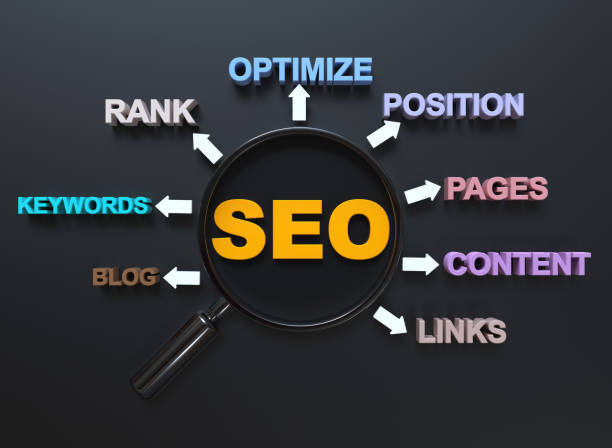
Have you ever wondered why some websites rank higher than others in search results? The answer often lies in #On-Page SEO or internal site optimization.
On-Page SEO is a set of techniques and strategies applied within the website itself to make it more understandable and attractive to search engines.
This includes optimizing various elements such as content, site structure, and HTML code.
The importance of this part of SEO is that you have complete control over it, and unlike off-page SEO, which depends on external factors (like backlinks), you can directly influence it.
The main goal of On-Page SEO is to send clear signals to search engines about the topic of your pages so that they can better understand your content and display it to relevant users.
This educational approach helps you lay the necessary foundations for a powerful online presence.
Without strong on-page SEO, even the best content may go unnoticed.
For this reason, understanding and correctly implementing it is essential for any website.
This section will be the foundation for all your subsequent efforts in search engine optimization.
In fact, On-Page SEO is the beating heart of every successful digital marketing strategy.
Is your company’s website as professional and trustworthy as it should be? With specialized corporate website design by Rasawob, create an online presence that reflects your credibility and attracts more customers.
✅ Build a powerful and professional image for your brand
✅ Convert visitors into real customers
⚡ Get a free consultation now!
Keyword Research for On-Page SEO Success

Keyword research is one of the fundamental and vital steps in any On-Page SEO strategy.
But do you know how to find the right keywords for your site that will actually bring you quality traffic? This section is a comprehensive guide for you.
Keywords are not just phrases that users type into search engines; they represent the needs, questions, and desires of your audience.
For specialized keyword research, you should look for terms that have a suitable search volume but at the same time do not have high competition.
Tools like Google Keyword Planner, Ahrefs, and Semrush can significantly help you in this regard.
Also, paying attention to long-tail keywords (Long-tail Keywords) that have three words or more, can be very useful, as these keywords usually indicate a more specific search intent and have a higher conversion rate.
For example, instead of “SEO,” use “best on-page SEO strategies for e-commerce websites.”
This approach helps your On-Page SEO to accurately respond to user needs and appear more targeted in search results.
Content Optimization: The Core Pillar of On-Page SEO
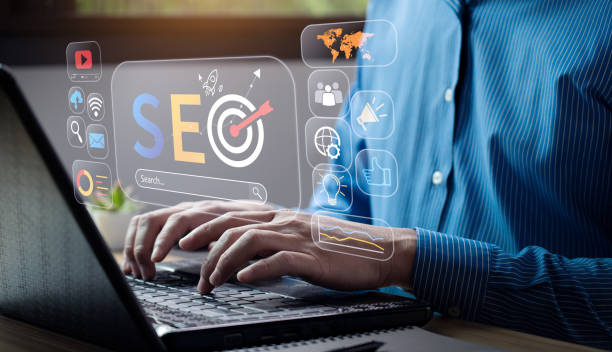
Content is king, but not just any content; content that is optimized for On-Page SEO.
How can we produce content that is both appealing to users and favored by search engines? This is a thought-provoking question whose answer lies in the precise optimization of your content elements.
The first step is to ensure appropriate keyword density.
This does not mean over-stuffing keywords but rather their natural and strategic use throughout the text.
Also, content readability is of high importance.
Using short paragraphs, simple sentences, bulleted and numbered lists, and proper use of subheadings (H2, H3) helps improve readability.
Content structure should also be logical and organized so that users can easily find information and search engine crawlers can index it.
This section shows you how to improve your content for On-Page SEO with a specialized approach.
| Content Element | Importance in On-Page SEO | Optimization Tips |
|---|---|---|
| Title (Title Tag) | Very High | Includes main keyword, attractive, and less than 60 characters |
| Headings (H1-H6) | High | Content structuring, use of secondary keywords |
| Paragraphs | Medium | Readability, natural use of keywords, short sentences |
| Internal Links | Very High | Increase crawl depth, distribute PageRank |
| Images | Medium | Alt text, compression, appropriate file name |
Optimizing HTML Tags in On-Page SEO
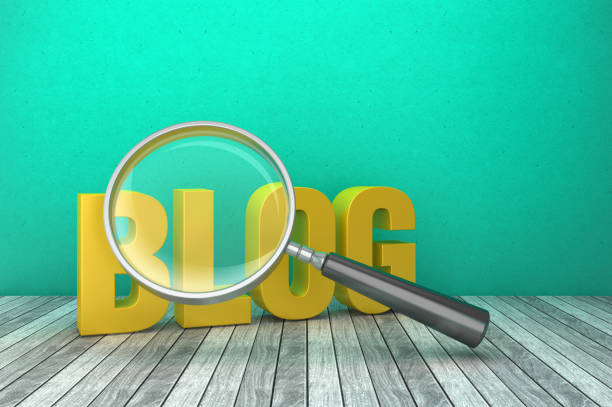
HTML tags are hidden but powerful elements that play a key role in On-Page SEO.
They might seem complex, but understanding and optimizing them can have an amazing impact on your site’s ranking.
This educational section teaches you how to work with these tags.
The Title Tag is the most important tag among them.
This is the text that appears at the top of the browser and in search results.
It should include your main keyword and be engaging and concise (around 50-60 characters).
The Meta Description Tag, although not directly influencing ranking, can increase your click-through rate (CTR) by providing an enticing summary of the page’s content.
Other vital elements are the heading tags (H1 to H6).
H1 is usually the main title of the page and should be used only once per page.
H2 and H3 are used for organizing content and subheadings, and their smart use significantly aids On-Page SEO.
This specialized section shows how by precisely optimizing these elements, you can send strong signals to search engines.
Do you dream of a thriving online store but don’t know where to start?
Rasawob is your comprehensive e-commerce website design solution.
✅ Attractive and user-friendly design
✅ Increased sales and revenue⚡ Get a free consultation
Image Optimization: A Key Element in On-Page SEO

Images not only enhance the beauty of your website but can also play a significant role in On-Page SEO if optimized correctly.
But how can images be used to improve site ranking? This is a practical guide for you.
The first step is to use descriptive and relevant image file names.
Instead of “IMG_12345.jpg,” use “successful-on-page-seo.jpg.”
This helps search engines understand what your image is about.
The second and most important step is to use Alt Text (Alternative Text).
Alt Text is a brief and accurate description of the image content, displayed if the image fails to load, and also used by screen readers for visually impaired individuals.
Don’t forget to naturally include relevant keywords in the Alt Text.
Image compression is also crucial; large image files can significantly slow down site loading speed, which harms user experience and, consequently, On-Page SEO.
Tools like TinyPNG or Compressor.io can assist you in this area.
With this educational approach, your images will not only make your site more beautiful but also help improve its discoverability and ranking in image search, covering an important aspect of On-Page SEO.
URL Structure and Internal Linking in On-Page SEO
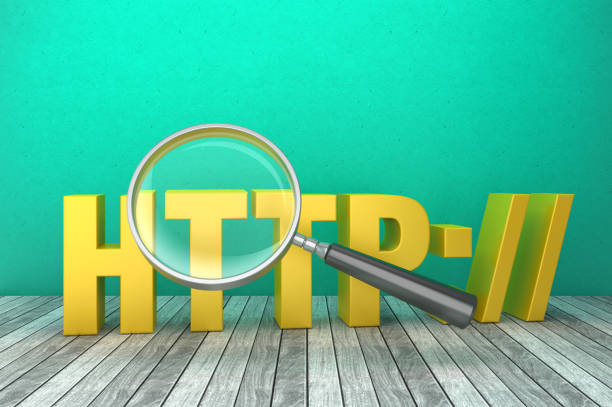
URL structure and internal linking strategy are two other important pillars in the architecture of On-Page SEO that are often overlooked.
Did you know that a simple and logical URL structure can help both users and search engines better understand your site’s structure? This section provides an explanatory and guiding approach to these aspects.
Friendly URLs should be short, descriptive, and include the page’s main keywords.
For example, instead of “yoursite.com/?p=123,” use “yoursite.com/what-is-on-page-seo.”
This is not only more understandable for users but also gives clear signals to search engines about the page’s content.
As for internal linking, it’s a powerful method for directing PageRank throughout your site.
Linking from high-authority pages to other related pages helps increase the authority of the destination pages.
Also, these links help search engines find and index more pages on your site.
Ensure you use descriptive and keyword-relevant anchor text in your internal links.
A strong internal linking strategy is the foundation for robust and sustainable On-Page SEO.
Website Loading Speed and User Experience: Crucial On-Page SEO Factors
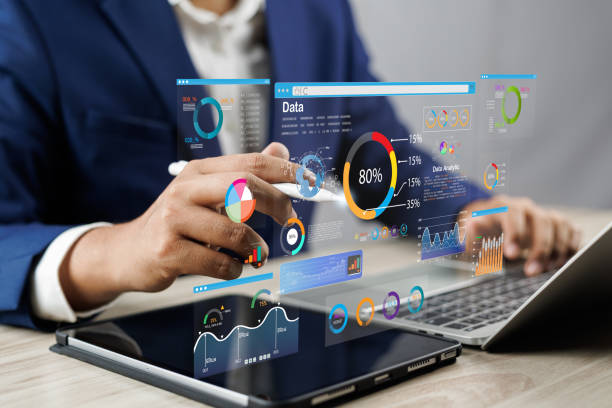
In today’s world, where speed is paramount, is your site fast enough? Website loading speed and User Experience (UX) are not only vital for visitor satisfaction but also directly impact your On-Page SEO.
Search engines like Google prefer sites that load quickly and offer a good user experience.
This analytical section shows you why and how to optimize these factors.
Slow sites lead to an increased bounce rate, as users don’t wait and quickly leave the site.
To improve speed, you can compress images, minify CSS and JavaScript code, use browser caching, and choose a reliable and fast hosting provider.
Tools like Google PageSpeed Insights can help you identify speed issues.
User experience also includes responsive design for mobile, easy navigation, and engaging content.
Google increasingly emphasizes Core Web Vitals, which are directly related to site speed and interactivity.
A site with high speed and excellent UX will not only achieve a better ranking in On-Page SEO but also have a higher conversion rate, which is good news for website owners.
| Factor | Importance for Speed & UX | Improvement Solution |
|---|---|---|
| Image Compression | Reduced page size | Use optimized formats (WebP) and compression tools |
| Browser Caching | Faster loading for repeat visits | Server configuration to enable caching |
| Minify CSS & JS | Reduced server requests | Minification and file combination |
| Responsive Design | Consistent user experience across devices | Use mobile-first frameworks |
| Server Optimization | Fast server response time | Choose quality hosting and CDN |
Technical SEO and Its Relation to On-Page SEO
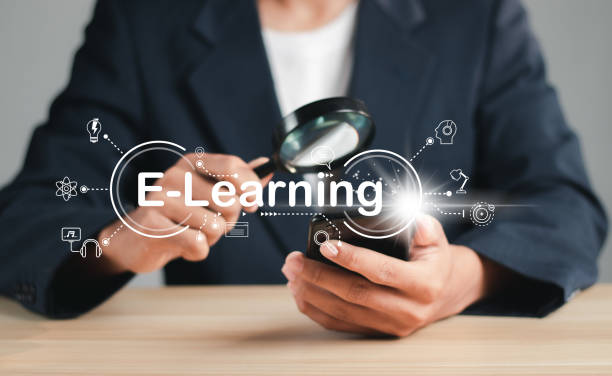
Technical SEO is the backstage component of On-Page SEO that ensures search engines can properly find, crawl, and index your site.
These aspects might seem a bit complex for beginners, but understanding them is essential for any On-Page SEO specialist.
This specialized and explanatory section will help you.
One of the most important elements is Schema Markup or structured data.
These codes help search engines better understand your content and display it in richer forms (such as star reviews, recipes, or product prices) in search results.
These “Rich Snippets” can significantly increase your click-through rate.
Canonical Tags are used to prevent duplicate content issues; they tell search engines which version of a page is the original one.
The robots.txt file and the XML Sitemap are also important tools.
robots.txt tells search engine crawlers which parts of your site they should not crawl, while an XML sitemap provides a list of all important pages on your site to search engines to ensure nothing is missed.
Strong technical SEO is a solid foundation for all your On-Page SEO efforts.
Does your company’s website create a professional and lasting first impression in the minds of potential customers? Rasawob, with professional corporate website design, not only represents your brand’s credibility but also opens a path for your business growth.
✅ Create a powerful and reliable brand image
✅ Attract target customers and increase sales
⚡ Get a free consultation
Monitoring and Analyzing On-Page SEO Performance
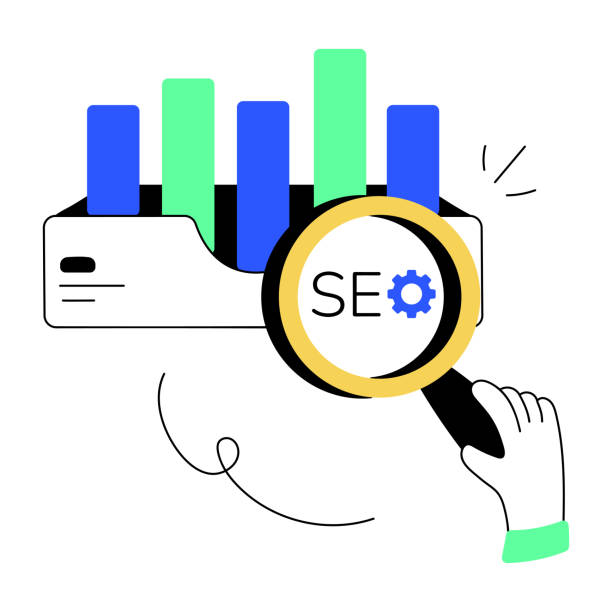
After implementing all On-Page SEO strategies, what’s next? Continuous performance monitoring and analysis are the heart of any successful SEO campaign.
Do you know how to measure the impact of implemented changes and identify new opportunities? This analytical and guiding section helps you transform data into actionable insights.
Tools like Google Analytics and Google Search Console are essential.
Google Analytics provides information about your site’s traffic, user behavior, bounce rate, and conversions.
You can see which pages have the most visits, how long users stay on your site, and where they come from.
Google Search Console, however, is even more vital for On-Page SEO itself.
This tool shows you how your site appears in search results, which keywords generate traffic, which pages have errors, and which pages Google has indexed.
By regularly monitoring performance reports, you can identify potential problems and discover new opportunities to improve your On-Page SEO.
For example, you can identify keywords for which your site ranks in positions 10-20 and, by optimizing content, elevate them to the first page.
This data-driven approach ensures that your On-Page SEO efforts are effective and sustainable.
New Trends and the Future of On-Page SEO

The world of SEO is never static and is constantly changing and evolving.
Are you ready for the future of On-Page SEO? This news and engaging section helps you look at the horizons ahead and prepare for them.
One of the most important trends is the emergence of Artificial Intelligence (AI) in search algorithms.
Google, using algorithms like RankBrain and MUM, is gaining a deeper understanding of the meaning of searches and content.
This means that instead of solely focusing on keywords, you should focus on providing comprehensive, high-quality, and authoritative content.
Voice search is also on the rise; users are increasingly using voice assistants.
This impacts how you choose your keywords, as voice searches are typically longer and phrased as questions.
The concept of E.A.T (Expertise, Authoritativeness, Trustworthiness) has gained increasing importance, especially in health and financial sectors.
Google seeks content written by experts and that is trustworthy.
Ultimately, User Experience (UX) and Core Web Vitals will become even more important.
These trends indicate that the future of On-Page SEO is moving towards a deeper understanding of the user and providing the best possible experience for them.
Are you ready to move forward with these changes? This is a thought-provoking question for you.
Frequently Asked Questions
| Question | Answer |
|---|---|
| What is Meta Title and why is it important in On-Page SEO? | Meta Title is the most important On-Page SEO element displayed at the top of the browser tab and in search results. This title helps search engines and users understand the main topic of the page and should include the main keyword. |
| What role does Meta Description play in On-Page SEO? | Meta Description is a brief summary of the page’s content displayed below the title in search results. Although it does not directly impact ranking, its attractiveness can increase the click-through rate (CTR). |
| How should keywords be used in page content? | Keywords should be used naturally and relevantly in strategic locations such as the title, headings, first paragraph, and body text. Avoid excessive keyword stuffing. |
| What is the importance of high-quality and comprehensive content in On-Page SEO? | High-quality, unique, informative, and comprehensive content that addresses user needs is of high importance. Search engines give higher rankings to content that creates real value. |
| What is the use of heading tags (H1-H6) in On-Page SEO structure? | Heading tags (H1, H2, H3, etc.) are used to structure content and indicate the importance of different sections. H1 is the main title of the page, and each page should only have one H1. Other tags are used for subheadings. |
| How to optimize images for better On-Page SEO? | To optimize images, use descriptive Alt Text that includes relevant keywords, reduce the image file size without compromising quality, and use meaningful and relevant file names. |
| What are the characteristics of a friendly URL for On-Page SEO? | A friendly URL should be short, readable, descriptive, include main keywords, and be free of unnecessary characters. The URL structure should be hierarchical and logical to be understandable for both users and search engines. |
| How does Internal Linking help On-Page SEO? | Internal linking, by connecting related pages, helps users and search engine crawlers better understand the site’s structure, transfer page authority, and increase user dwell time on the site. |
| What is the impact of page loading speed on On-Page SEO? | High loading speed is crucial for both user experience and SEO ranking. Slower pages may be overlooked by search engines and lead to an increased bounce rate. |
| Why is Mobile-Friendliness highly important in On-Page SEO? | Given the increasing number of searches via mobile devices, having a responsive and mobile-friendly site is essential for user experience and ranking in search results (Google’s mobile-first indexing). |
And other advertising services of Rasawob Advertising Agency
Smart Reportage: An innovative platform for improving customer acquisition with marketing automation.
Smart Custom Software: Revolutionize customer behavior analysis with Google Ads management.
Smart Customer Journey Map: A fast and efficient solution for increasing website traffic with a focus on SEO-driven content strategy.
Smart Marketing Automation: An innovative platform for improving campaign management by optimizing key pages.
Smart Conversion Rate Optimization: Designed for businesses looking to attract customers through user experience customization.
And over hundreds of other services in the field of internet advertising, advertising consulting, and organizational solutions
Internet Advertising | Advertising Strategy | Advertorial
Resources
On-Page SEO TutorialWhat is On-Page SEO?Comprehensive Guide to On-Page SEOWhat is On-Page SEO?
? Ready to revolutionize your business in the digital world? Rasawob Afarin Digital Marketing Agency, with expertise in website design with modern user interface and comprehensive marketing strategies, is with you to have a powerful and influential online presence.
📍 Tehran, Mirdamad Street, next to Bank Markazi, Southern Kazeroon Alley, Ramin Alley, No. 6



